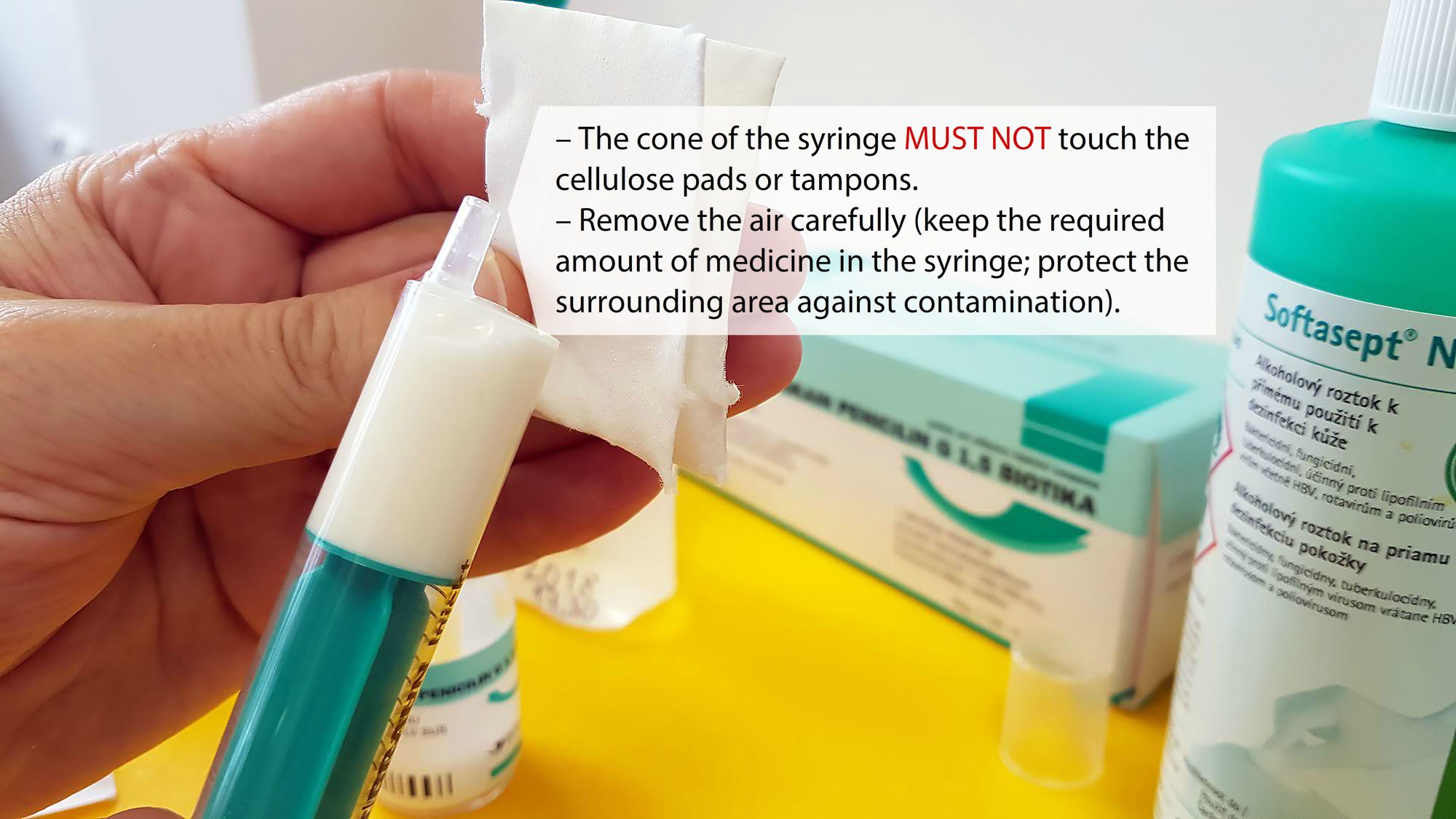
An estimated 1.2 million Americans at risk of HIV infection should be taking the pills, according to the Centers for Disease Control and Prevention, but only 25% are doing so, and use among Black and Hispanic patients is especially low. HIV prevention drugs, including a long-lasting injectable approved by the FDA last December, are critical to reducing the rate of new infections among high-risk groups. Black people represent nearly 40% of the 1.2 million U.S. Of those, 66% occur through sex between men 23% through heterosexual sex and 11% involve injecting illegal drugs. Still, 35,000 new infections occur each year in the U.S., according to KFF. That’s a huge shift from a generation ago.” “Contracting HIV or AIDS is not a fear of mine,” said Dan Waits, a 30-year-old gay man who lives in San Francisco. Public health officials now promote routine testing, condom use, and preexposure prophylaxis to prevent infections. But compared with its devastating impacts in the 1980s and ’90s, HIV is now largely a chronic disease in the U.S., managed with antiretroviral therapy that can suppress the virus to undetectable - and non-transmissible - levels. More than 700,000 Americans have died from HIV-related illnesses since the AIDS epidemic emerged in 1981. Some plans offer zero-cost access only to Descovy, a patented drug Gilead Sciences tested only in men and transgender women that is not authorized by the FDA for use by women who have vaginal sex. Schmid has found repeated violations: bewildering drug formularies that wrongly assign copays PrEP drugs listed in the wrong tier.
Prep medication free#
They are not showing this is free for people in an easy way.” They are setting up “formularies in a way that looks like I’m going to have to pay, and that’s one of the barriers. “Insurers are quite smart, and they have a lot of staff,” said Carl Schmid, executive director of the HIV+Hepatitis Policy Institute. That doesn’t include quarterly lab tests and doctor visits, which can total $15,000 a year.

The costs can be daunting: a monthly supply of PrEP runs $60 for a generic and up to $2,000 for brand-name drugs like Truvada and Descovy. In California, Washington, Texas, Ohio, Georgia, and Florida, HIV advocates and clinic workers say patients are confounded by formularies that obfuscate drug costs and by erroneous bills for ancillary medical services.

Subscribe to KHN's free Morning Briefing.

More than half a year later, that federal prod hasn’t done the trick. Insurers were given until January 2021 to adhere to the ruling.įaced with pushback from the insurance industry, the Department of Labor clarified the rules in July 2021: Medical care associated with a PrEP prescription, including doctor appointments and lab tests, should be covered at no cost to patients. Under provisions of the Affordable Care Act, the decision to rate PrEP as an effective preventive service triggered rules requiring health insurers to cover the costs. “It’s terrifying getting bills that high.”Ī national panel of health experts concluded in June 2019 that HIV prevention drugs, shown to lower the risk of infection from sex by more than 90%, are a critical weapon in quelling the AIDS epidemic. I told my doctor I can’t continue with PrEP,” said Cantu, who is gay. It can be republished for free.īut after his insurance company, Blue Cross and Blue Shield of Texas, billed him hundreds of dollars for his PrEP lab test and a related doctor’s visit, Cantu panicked, fearing an avalanche of bills every few months for years to come.


 0 kommentar(er)
0 kommentar(er)
